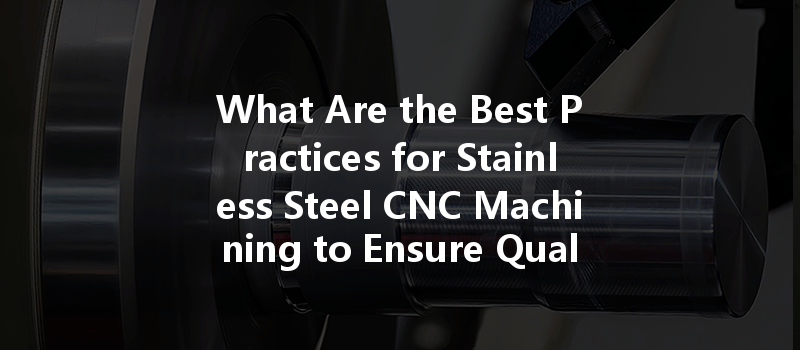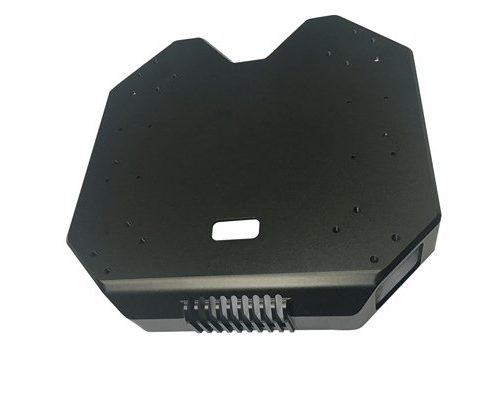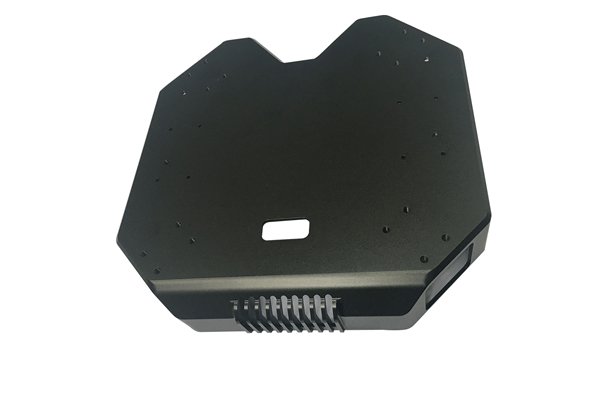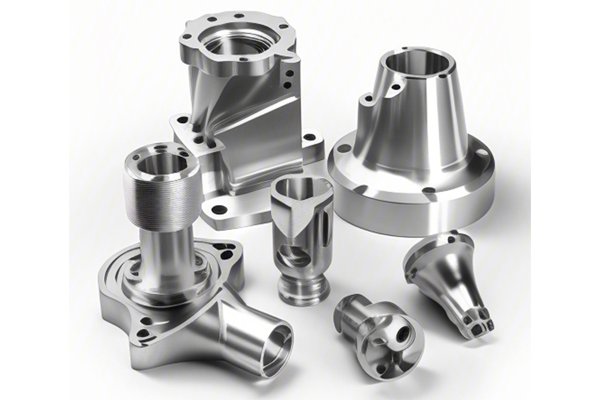Did you know that stainless steel is one of the most used materials in manufacturing, accounting for approximately 70% of all metallic production? Its corrosion resistance, strength, and aesthetic appeal make it an essential choice in industries ranging from aerospace to medical devices. However, machining stainless steel presents its own set of challenges due to its unique properties. What are the best practices for CNC machining stainless steel to ensure quality and efficiency?
This blog will delve into effective techniques and methodologies that not only enhance the machining of stainless steel but also boost your operational productivity. If you’re looking to refine your processes, ensure product quality, and reduce wastage, you’re in the right place.
Understanding Stainless Steel: An Overview
Before we dive into best practices, let’s take a closer look at stainless steel itself. Stainless steel is an alloy of iron, carbon, and at least 10.5% chromium, which gives it its signature rust resistance and durability. There are various grades of stainless steel, including:
Understanding these grades is critical as each has unique machining requirements and behavior.
Best Practices for CNC Machining Stainless Steel
Cutting tools are your first line of defense in ensuring efficient and effective machining. For stainless steel, select tools made from high-speed steel (HSS) or carbide.
The cutting speed (RPM), feed rate, and depth of cut are critical parameters that must be optimized to reduce tool wear and improve surface finish.
Tool geometry plays a significant role in the machining process.
Stainless steel has a high tendency to work-harden, which can cause premature tool wear. Using an effective coolant can help mitigate this issue.

Effective chip management is crucial to maintain quality machining. Long, stringy chips can cause tool damage or damage to the workpiece.
Monitoring tool wear is vital to maintain product quality. Implementing regular inspections can help identify when tools need replacement before they fail entirely.
Proper fixturing ensures stability, accuracy, and safety during machining operations.
Once machining is complete, consider surface treatments and finishing processes to enhance the quality and longevity of stainless-steel products.
Implementing a comprehensive quality control (QC) process is essential for ensuring the output meets design specifications.
The Importance of Training and Technology
Machining stainless steel can pose unique challenges, but with proper techniques and best practices, it is possible to achieve high-quality results with enhanced efficiency. We’ve explored critical areas such as tool selection, cutting parameters, chip management, cooling methods, and quality control. Each of these factors plays an integral role in successful stainless steel CNC machining.
In conclusion, understanding and applying these best practices not only minimizes production costs by reducing scrap and tool wear but also enhances the overall efficiency of your operations. As industries continue to demand higher quality and shorter lead times, mastering these practices will give you a competitive edge.
By integrating the techniques outlined in this blog into your machining operations, you can consistently deliver top-quality products, ensuring long-term success in your endeavors. The world of stainless steel CNC machining is evolving, and staying informed about these best practices is essential for any manufacturing professional.



